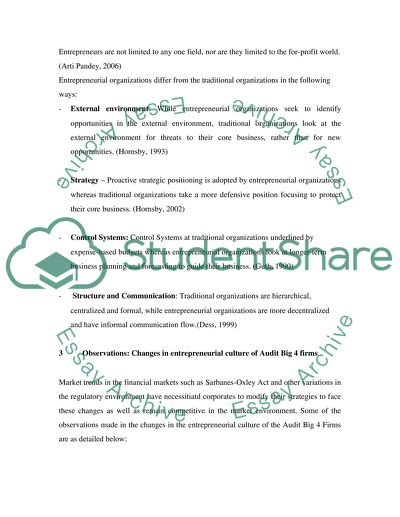Cite this document
(“Entrepreneurial Thinking in Multinational Organizations Essay”, n.d.)
Retrieved from https://studentshare.org/miscellaneous/1502052-entrepreneurial-thinking-in-multinational-organizations
Retrieved from https://studentshare.org/miscellaneous/1502052-entrepreneurial-thinking-in-multinational-organizations
(Entrepreneurial Thinking in Multinational Organizations Essay)
https://studentshare.org/miscellaneous/1502052-entrepreneurial-thinking-in-multinational-organizations.
https://studentshare.org/miscellaneous/1502052-entrepreneurial-thinking-in-multinational-organizations.
“Entrepreneurial Thinking in Multinational Organizations Essay”, n.d. https://studentshare.org/miscellaneous/1502052-entrepreneurial-thinking-in-multinational-organizations.


